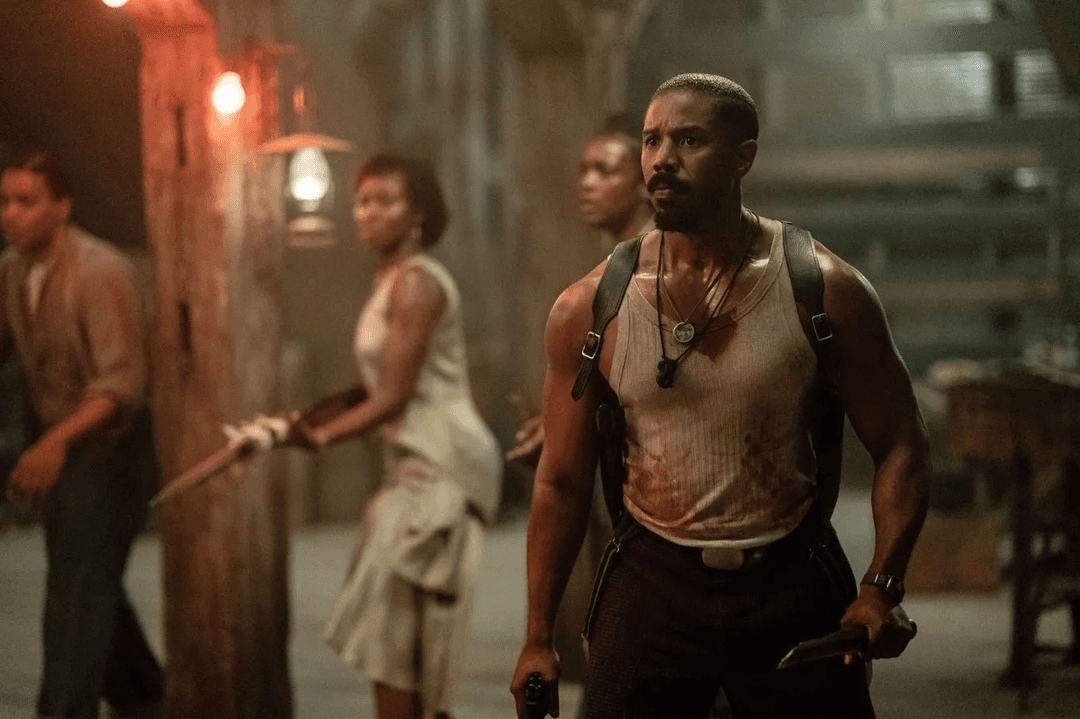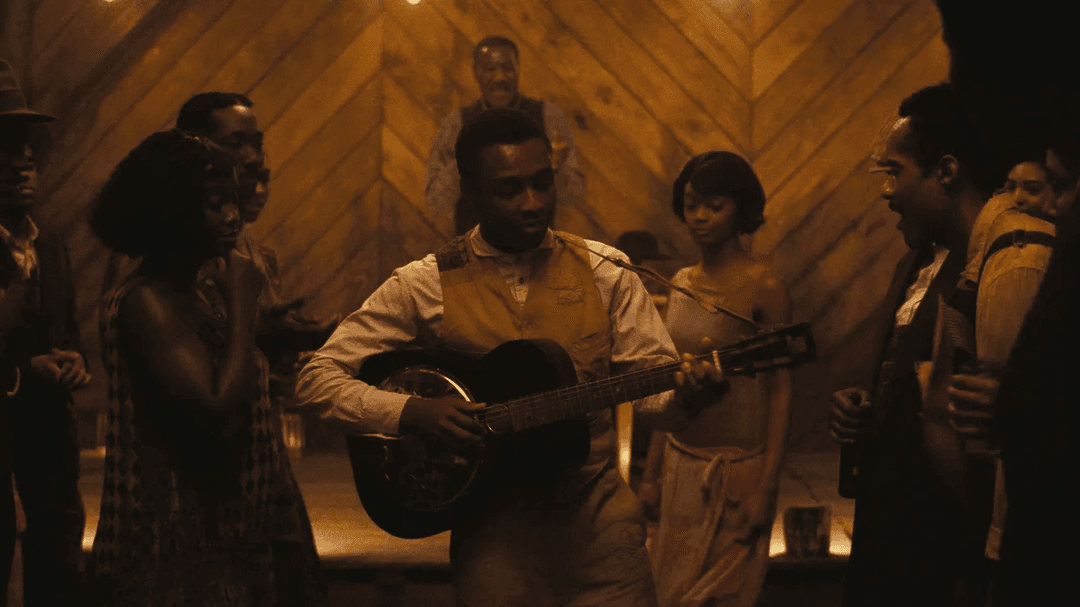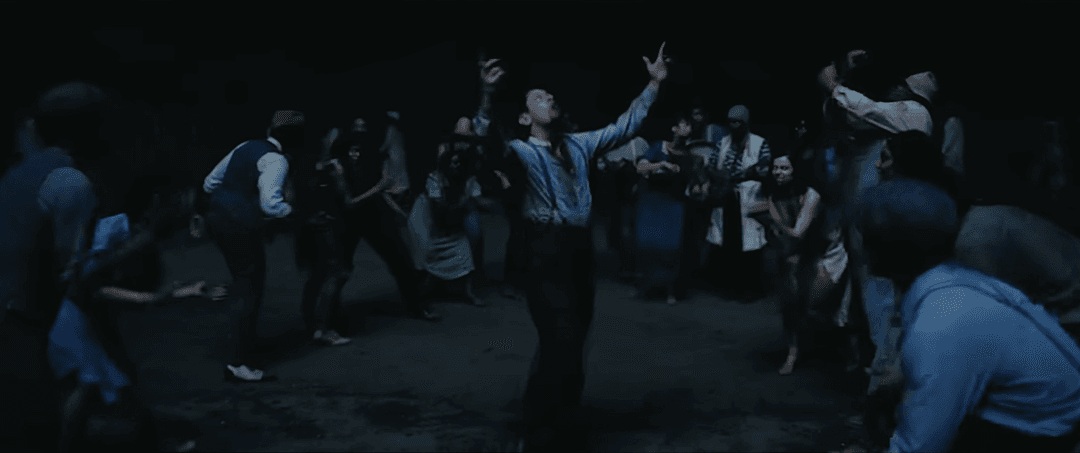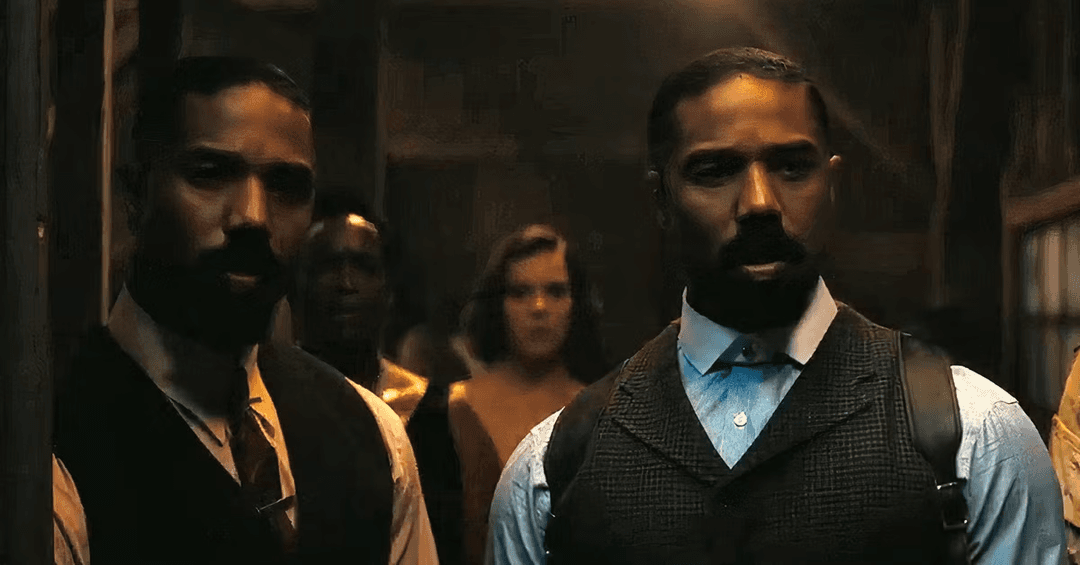From the Vampires being a metaphor for White people to the SmokeStack Twins' allegory for freedom, here's what Sinners actually meant!
I Was Wrong: Why 'Sinners' Should Be Your Next Watch

Yes. I know it has been quite some time since Ryan Coogler and Michael B. Jordan’s Sinners was released, but to put it simply… I am not into vampire drama. Boy, was I wrong. I recently had the privilege of watching Sinners, and I take everything back that I had said (or thought in my brain).
Sinners is not just a movie about vampires, and definitely, the vampires aren’t romantic in this one. Instead, Sinners is a deeper dive into melancholic themes of brotherhood, love, loss, life, music, freedom, and everything else that happened from the 1600s to the 1800s.
In this article, we will break down the deeper meaning behind Sinners, the allegory of the enslavement and vampires as a metaphor, and why… Sinners should be your next watch.
Music is Equal for Everyone

The core theme of the story revolves around the Blues music. The prologue starts with a revelation that there are certain special people whose music can break the barriers between the past, the present, and the future.
This sets the premise (and the tone) for Sinners, where Sammie (played by Miles Caton) is one of those musicians with the Gift. The representation of music where the vampires and the people of Juke Joint are seen dancing shows that music can also break the barriers of racism, where everyone becomes equal in love of something greater than themselves.
Although it is Remmick’s wish to see his family once more through the power of Sammie’s music, the important thing is that he was drawn towards the music.
The Vampires Were a Metaphor

From parallels to the nighttime attacks (which were done by the Ku Klux Klan) to the “hive mind” mentality of the Vampires controlled by Remmick, the vampires shown in the movie (of both races) have become mindless.
Rather than being distinct and unique, they lose their sense of self and become one with Remmick. This is a direct metaphor for enslavement and how white supremacy, cultural exploitation, and systematic oppression worked in 1930s Mississippi.
Did The SmokeStack Twins Truly Find Freedom?

Portrayed by Michael B. Jordan in a dual role, the SmokeStack twins were the two lead heroes of the film. Stack becomes a vampire. Although Smoke leaves him be, under the condition that he flees and does not bother Sammie until the end of his days, Smoke doesn’t have the best ending.
Confronting the White Men who had come to kill the Juke Joint, Smoke guns down almost everyone while suffering an injury himself. In a brief moment, he sees his deceased wife and kid, and when Smoke asks to carry the kid, the White man begs Smoke for forgiveness. Killing him instantly, Smoke collapses, and we believe that he goes into heaven, thus freeing himself from the fear of slavery and giving up on the chase of freedom.
However, when Stack meets Sammie at the end of the film, Stack tells him that the eve before he turned into a Vampire was the best day he ever had. Against a montage of the setting sun and the twins roaming in their car, Stack tells Sammie that for a few hours… he found freedom.
This is a metaphor for slavery, and despite the fact that Stack is not afraid of slavery anymore, it also means that he isn’t free either. Hiding from the Sun, always hungry, and other things, Stack is bound by the laws of being a Vampire, i.e., although the twins found freedom, it wasn’t exactly the freedom that they had hoped for.
️️✍️ More posts like this

